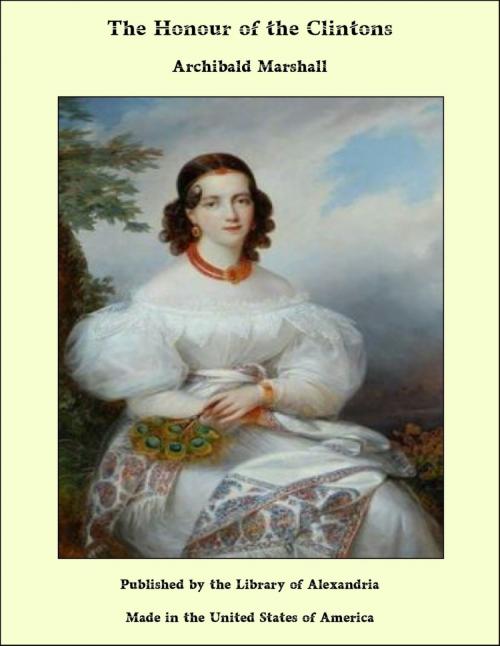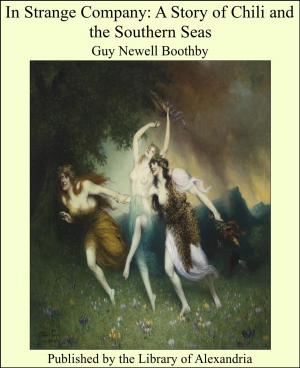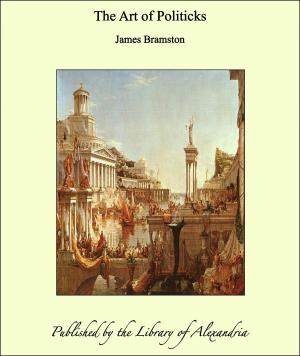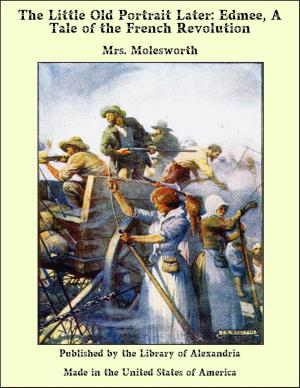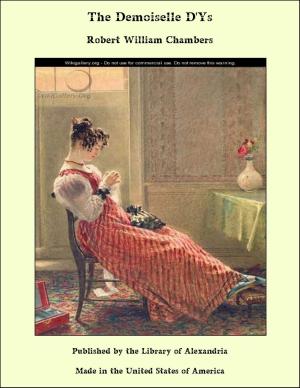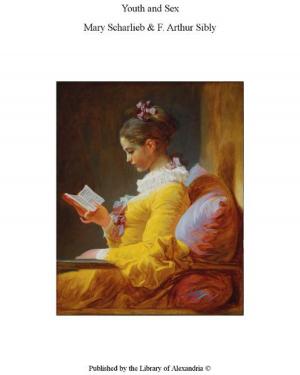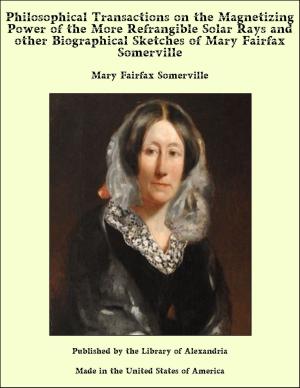The Honour of the Clintons
Nonfiction, Religion & Spirituality, New Age, History, Fiction & Literature| Author: | Archibald Marshall | ISBN: | 9781465520180 |
| Publisher: | Library of Alexandria | Publication: | March 8, 2015 |
| Imprint: | Language: | English |
| Author: | Archibald Marshall |
| ISBN: | 9781465520180 |
| Publisher: | Library of Alexandria |
| Publication: | March 8, 2015 |
| Imprint: | |
| Language: | English |
In the great square dining-room at Kencote the Squire was sitting over his wine, with his eldest and youngest sons. From the walls looked down portraits of Clintons dead and gone, and of the horses and dogs that they had loved, as well as some pictures that by-gone owners of Kencote had brought back from their travels, or bought from contemporary rising and since famous artists. There were some good pictures at Kencote, but nobody ever took much notice of them, except a visitor now and then. Yet their presence had its effect on these latest members of a healthy, ancient line. No family portraits went back further than two hundred years, because Elizabethan Kencote, with nearly all its treasures of art and antiquity, had been burnt down, and Georgian Kencote built in its place. Even Georgian Kencote had suffered at the beginning of the nineteenth century, at the hands of a rich and progressive owner; rooms had been stripped of panelling, windows had been enlarged; and, but for a few old pieces here and there, the furniture was massive but ugly. The Clintons were as old as any commoner's family in England, and had lived at Kencote without any intermission for something like six hundred years; but there was little to show it in their surroundings as they were at present. Only the portraits of the last six or seven generations spoke mutely but insistently of the past, and their prototypes were as well-known by name and character to their descendants as if they had been known in the flesh. To us, observing Edward Clinton, twentieth century Squire of Kencote, with the eldest son who would some day succeed him, and the youngest son, who had taken to one of those professions to which the younger sons of a line undistinguished for all except wealth and lineage had taken as a matter of course throughout long generations, this background of family portraits is full of suggestion. One might ask how much of the continuity of life and habit it represents is stable, how much of it dependent upon fast-changing circumstance. How far is this robust elderly man, living on his lands and desiring to live nowhere else, and the handsome younger man, whose life has been spent in the centre of all modern happenings,—how far are they what they appear to be, representative of the well-to-do classes of modern England; how far is their attitude to the life about them affected by ideas inherent in their long descent? Are they really of the twentieth century, or in spite of superficial modernity, of a time already passed away? One might say that the life lived by the Squire was the same life, in all but accidentals, as that of the squires who had gone before him, and whose portraits hung on the walls, and that it would be lived in much the same way by the son who was to come after him. And so it was. But the lives of those dead squires had been part of the natural order of things of their time. Their lands had provided for it, and of themselves would provide for it no longer. It was only by the accident of our Squire being a rich man, and being able to leave his son a rich man, that either of them could go on living it. To this extent his life was not based upon his descent, and was indeed as much cut off from that of the previous owners of Kencote as if he had been a man of no ancestry at all, whose wealth, gained elsewhere, enabled him to enjoy an exotic existence as a country gentleman. If wealth disappeared the long chain would be broken, for a reason that would not have broken it before.
In the great square dining-room at Kencote the Squire was sitting over his wine, with his eldest and youngest sons. From the walls looked down portraits of Clintons dead and gone, and of the horses and dogs that they had loved, as well as some pictures that by-gone owners of Kencote had brought back from their travels, or bought from contemporary rising and since famous artists. There were some good pictures at Kencote, but nobody ever took much notice of them, except a visitor now and then. Yet their presence had its effect on these latest members of a healthy, ancient line. No family portraits went back further than two hundred years, because Elizabethan Kencote, with nearly all its treasures of art and antiquity, had been burnt down, and Georgian Kencote built in its place. Even Georgian Kencote had suffered at the beginning of the nineteenth century, at the hands of a rich and progressive owner; rooms had been stripped of panelling, windows had been enlarged; and, but for a few old pieces here and there, the furniture was massive but ugly. The Clintons were as old as any commoner's family in England, and had lived at Kencote without any intermission for something like six hundred years; but there was little to show it in their surroundings as they were at present. Only the portraits of the last six or seven generations spoke mutely but insistently of the past, and their prototypes were as well-known by name and character to their descendants as if they had been known in the flesh. To us, observing Edward Clinton, twentieth century Squire of Kencote, with the eldest son who would some day succeed him, and the youngest son, who had taken to one of those professions to which the younger sons of a line undistinguished for all except wealth and lineage had taken as a matter of course throughout long generations, this background of family portraits is full of suggestion. One might ask how much of the continuity of life and habit it represents is stable, how much of it dependent upon fast-changing circumstance. How far is this robust elderly man, living on his lands and desiring to live nowhere else, and the handsome younger man, whose life has been spent in the centre of all modern happenings,—how far are they what they appear to be, representative of the well-to-do classes of modern England; how far is their attitude to the life about them affected by ideas inherent in their long descent? Are they really of the twentieth century, or in spite of superficial modernity, of a time already passed away? One might say that the life lived by the Squire was the same life, in all but accidentals, as that of the squires who had gone before him, and whose portraits hung on the walls, and that it would be lived in much the same way by the son who was to come after him. And so it was. But the lives of those dead squires had been part of the natural order of things of their time. Their lands had provided for it, and of themselves would provide for it no longer. It was only by the accident of our Squire being a rich man, and being able to leave his son a rich man, that either of them could go on living it. To this extent his life was not based upon his descent, and was indeed as much cut off from that of the previous owners of Kencote as if he had been a man of no ancestry at all, whose wealth, gained elsewhere, enabled him to enjoy an exotic existence as a country gentleman. If wealth disappeared the long chain would be broken, for a reason that would not have broken it before.
